|
January Article
|
|
Ice Ridges: Could this be the Cinderella Story of our Developed Shores?
Ice covered lakes are often the centerpiece of amazing winter landscapes. They invite exploration and provide countless recreational opportunities for outdoor enthusiasts. Ice - this hard-water platform - really helps to shape our winter enjoyment and adds to the lore of our hardy Minnesota culture.
If you live on a lake, you quickly realize that ice sheets are incredibly dynamic. Environmental conditions such as temperature, sunlight, and wind work to expand, contract, make, and melt ice. Throughout winter, the movement of ice causes a natural disturbance to our lake shorelines.
The most noticeable result of ice action is the formation of "ice ridges" along the shoreline. This is caused when an expanding ice sheet pushes soil up and creates a mound or ridge. This pushing action occurs when ice sheets contract and expand due to the warming and freezing of the ice throughout the winter months. This phenomenon has been occurring naturally on our Minnesota lakes for thousands of years. It is accelerated and more extreme when there is no blanket of snow on the ice. Snow acts as insulation and buffers air temperatures.

Ice ridges, at first glance, can look messy, destructive, and out of place. Immediately, we start thinking of ways to repair the shore by re-grading and leveling the ground. Wait, stop, hold on! These ice ridges are in fact natural and do provide benefits to our lake ecosystems. These ridges are made up of an assortment of soil material and lake-bottom sediments, which creates a natural barrier for water running off the land. You can think of this ridge as a water filter, since much of the water runoff is held back and slowly infiltrated into the soil at the bottom of these ridges. Nutrients deposited from the water over time, produce a fertile and rich soil where a wide assortment of shoreline plants and trees can flourish.
Ice ridges along natural shores provide habitat for a variety of native plants. The deep rooted vegetation works to repair and eventually cover up and hold in place any exposed soil. The change in elevation creates micro-habitats, which encourages plant diversity. The vast array of native vegetation provides habitat for a diversity of birds, pollinators, and also produces wonderful nesting and spawning areas for fish in the shallow waters. Ice ridges are a natural component of undeveloped shores, and actually protect the shoreline from further ice heaving.
OK, so what do we do with developed shores when our clean and tidy Minnesota heritage has trained us to take action by repairing, re-grading, and leveling off those ugly and unsightly ridges? Well, we can think of Cinderella - dress her up and bring her to the ball!
Instead of re-grading, a more ecologically sound option is to dress up those ice ridges with a diversity of native plant species. Over time, this dynamic stretch of your shore will naturally become more stable, provide water quality benefits, host an inspiring assortment of birds, fish and other wildlife, and put on brilliant shows of color throughout the seasons. Your ice ridge has the potential to become the attention-grabbing Cinderella of your lake, not only strikingly beautiful, but also providing key ecological benefits at the same time.
If you are thinking of tackling a Cinderella-type ice ridge project, or are just interested in creating a natural shoreline buffer, our experienced ecological restoration staff is here to be your Fairy Godmother and will help get you to the ball! Please call......
|
|
Native Plant of the Month
|
Prairie Cordgrass
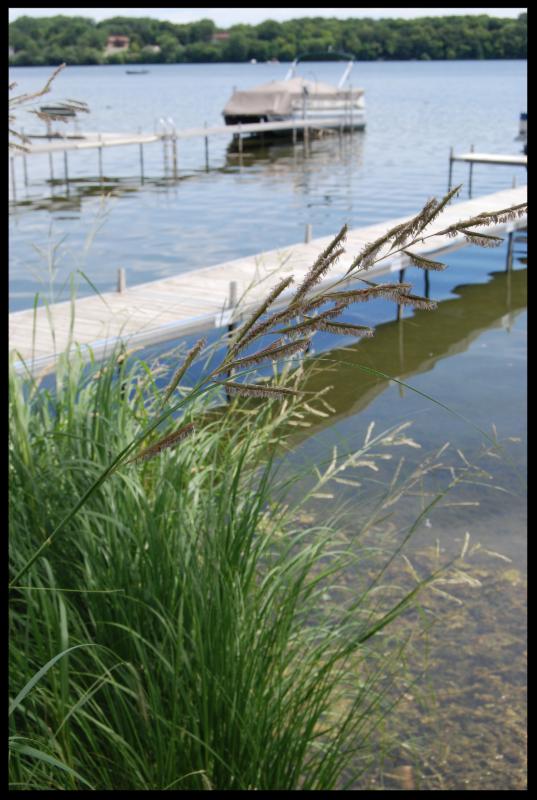
Spartina pectinata
Moisture: Wet to Dry
Exposure: Full Sun or Partial Shade
Blooms: August-October
Height: 3-8 Feet
Prairie Cordgrass is a
versitile,
deep-rooted, perennial native grass that spreads mostly by rhizomes. A warm season grass, it prefers wet, sandy soils but can tolerate many different soil types and conditions. It is very useful for shoreline stabilization projects because it is fast growing and has an extensive root system that supports the shoreline. It is a tall grass with bright green leaves. The leaf blades have sharp edges. This grass also provides wonderful cover for small birds and mammals.
|
|
Invasive Plant of the Month
|
Crown Vetch
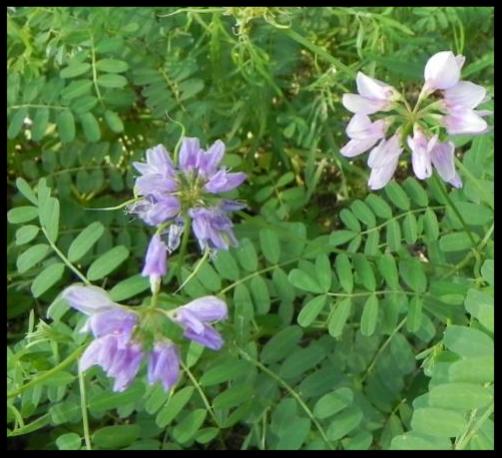
Coronilla varia
Moisture: Moist
Exposure: Full Sun or Partial Shade
Blooms: May to September
Height: 1-2 Feet
Crown Vetch is part of the pea family and has light pink and white flowers, some with a lavender shade of purple. They are an invasive weed from Eurasia that was originally used as a soil stabilizing ground cover for roadside projects but it has escaped to infest native areas. It spreads by rhizomes and by seed and can be very difficult to control once established. Stems spread vine-like from the base of the plant and have long leaves with 12-25 leaflets. Management strategies include hand-pulling small infestations, mowing to to prevent it from going to seed, and herbicide treatments. Large infestations will probably take more than one season to bring under control.
|
Great Spangled Fritillary 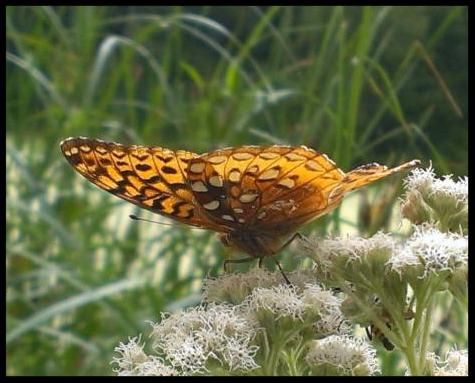
Speyeria cybele
Range
: United States and Canada
Habitat: Open fields, meadows, prairies.
Identification
: Their wingspans can be 2.5-4 inches wide. They range from a tawny, tan color to a deeper rust colored orange. They have black spots and stripes as well as white spots on the undersides of their wings.
Pollination: Adults feed on nectar from Boneset, Milkweed species, Ironweed, Bergamot, Pale Purple Coneflower, Joe-Pye Weed, Ironweed, and many more!
|
|
|
Our retail nursery is currently closed. But will reopen this spring! Check out our 2017 retail hours below:
10 am - 4 pm only on the following days:
| Thursdays |
Saturdays |
May 18
|
Closed |
| May 25 |
Closed |
| June 1 |
June 3 |
| June 8 |
June 10 |
| June 15 |
June 17 |
| June 22 |
June 24 |
| June 29 |
Closed |
| July 20 |
July 22 |
| Aug. 17 |
Aug. 19 |
Our retail nursery address is:
1480 County Rd
.
90 Independence MN 55359
Have any questions? Contact our greenhouse manager Jill at [email protected]
Click and visit our website for current
|
|
Come visit us at the Minnesota Erosion Control Association's 2017 Conference on Jan. 31st- Feb. 2nd at the Verizon Center in Mankato!
We will be at
Pheasants Forever's
2017 National Pheasant Fest and Quail Classic at the Minneapolis Convention Center on Feb. 17th-19th

Come visit us at the Wild Ones Design with Nature Conference on February 18th! This year's theme is "Planting Matters- what you plant and why" at the Anderson Student Center at the University of St. Thomas
|
Creating a Border!
Want to add an aspect of landscaping to your restoration? Need to separate it from another part of you property? Use these native plants that stay in clumps and help build a boundary! Use more than one to create a beautiful mixed border!
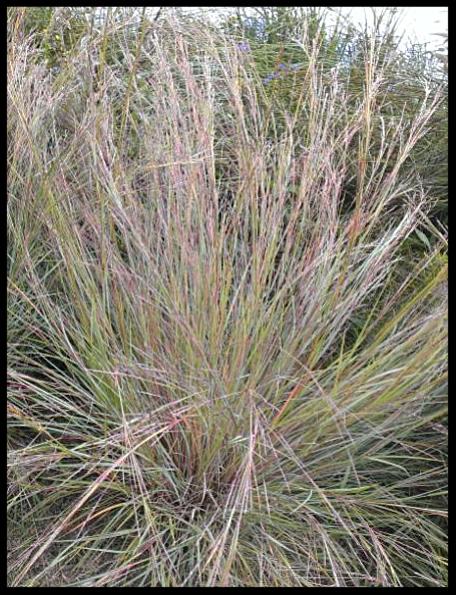
1. Little Bluestem
(
Schizachyrium scoparium)
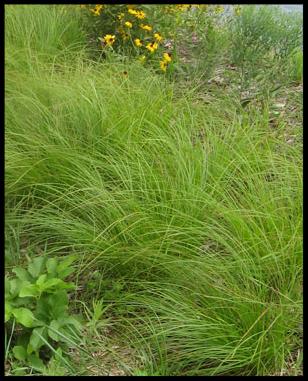
2. Bebb's Sedge
(
Carex bebbi)
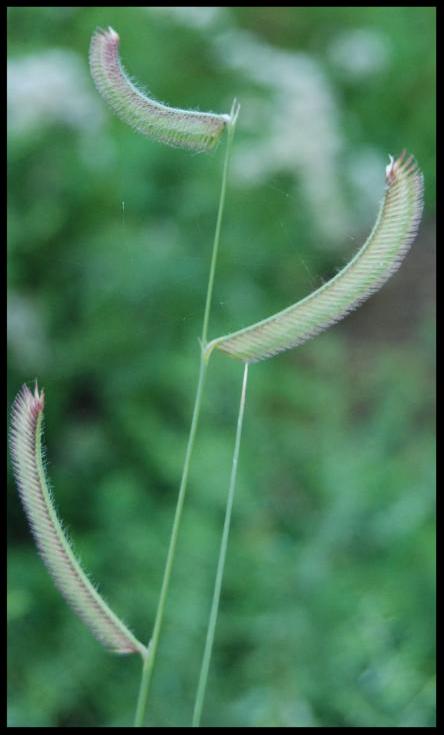
3. Blue Grama (
Bouteloua gracilis)

4. Prairie Onion
(
Allium stellatum)
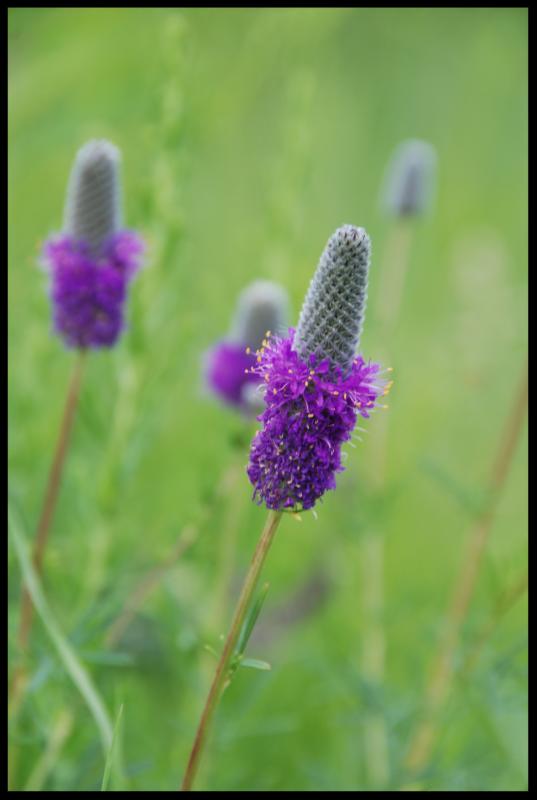
5. Purple Prairie Clover (
Dalea purpurea)
Want to learn more about these native plants? Click Here to visit our website!
|
|
 |
|